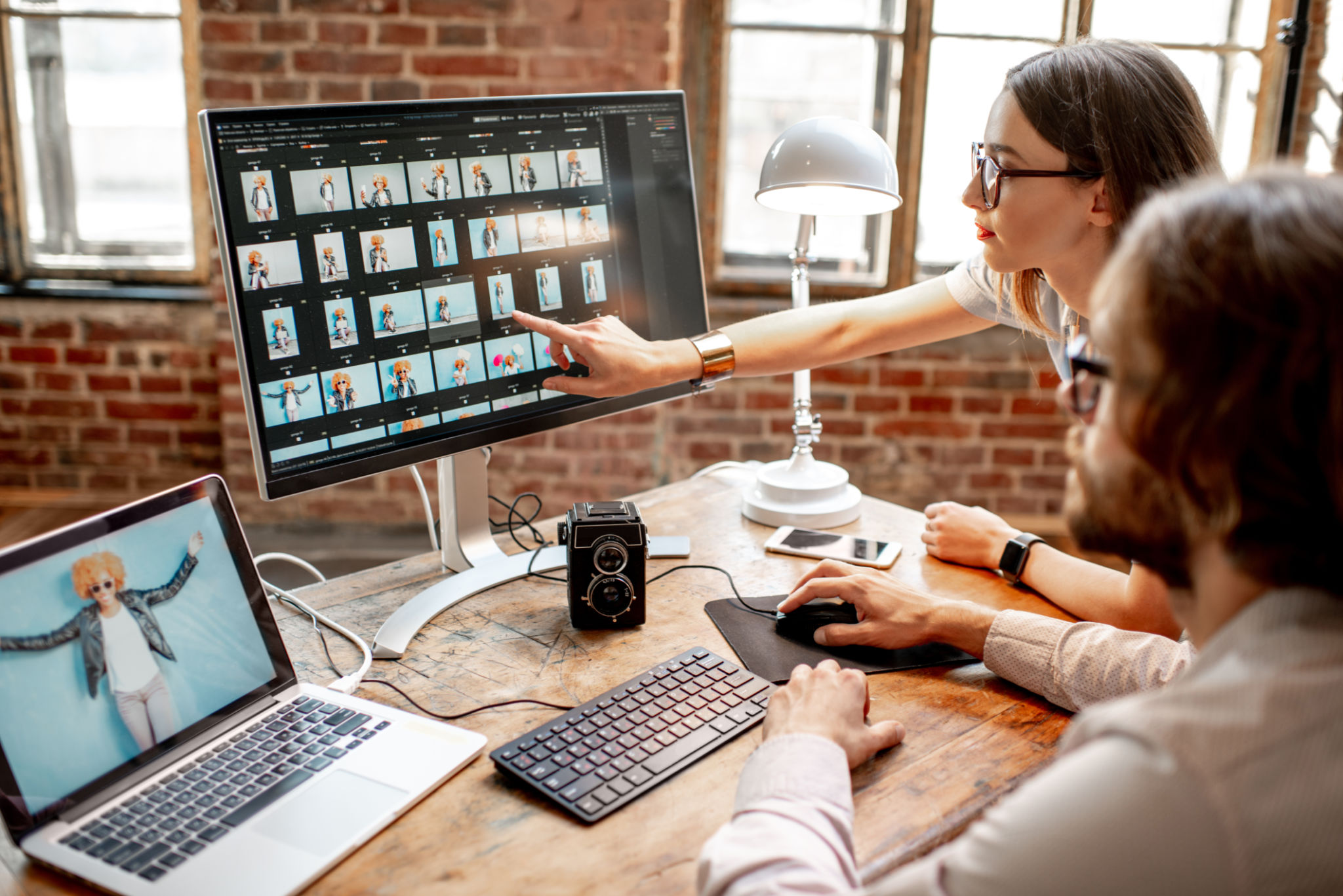Beginner’s Guide to DSLR Photography: Tips from a Scarborough Expert
Understanding Your DSLR Camera
Welcome to the world of DSLR photography! As a beginner, the first step is to familiarize yourself with your camera. Unlike point-and-shoot cameras or smartphones, DSLRs offer manual controls that give you much more creative freedom. Start by reading your camera's manual, which will introduce you to its buttons, dials, and settings.

Understanding basic terms like aperture, shutter speed, and ISO is crucial. These three elements make up the "exposure triangle," which is fundamental to capturing great photos. With practice, you'll learn how to adjust these settings to achieve the desired effect in your images.
Mastering Composition
Composition is key to taking compelling photographs. One popular technique is the "Rule of Thirds." Imagine dividing your frame into nine equal parts with two horizontal and two vertical lines. Place your subject along these lines or at their intersections to create a balanced and visually appealing image.

Another tip is to pay attention to the background. A cluttered or distracting background can take away from your subject. Look for simple, clean backgrounds that enhance rather than compete with the main focus of your image.
Getting Comfortable with Manual Mode
While automatic mode is convenient, manual mode gives you full control over your camera settings. Start experimenting by adjusting the aperture to control depth of field. A large aperture (small f-number) creates a blurred background, isolating your subject, while a small aperture (large f-number) keeps more of the scene in focus.
Shutter speed is another important setting. A fast shutter speed freezes motion, ideal for action shots, while a slower speed can create interesting motion blur effects. Don't be afraid to experiment with different settings in various lighting conditions.

Exploring Lighting Techniques
Lighting can make or break a photograph. Natural light is often the most flattering, so try shooting during the "golden hour," shortly after sunrise or before sunset, when the light is soft and warm. If you're shooting indoors, position your subject near a window for natural light.
For more control over lighting, consider investing in an external flash or reflectors. Reflectors can help bounce light onto your subject, reducing harsh shadows and enhancing features. Experimenting with different lighting setups will help you develop a style unique to your photography.
Editing Your Photos
Post-processing is an important part of digital photography. Editing software like Adobe Lightroom or Photoshop can enhance your images, correct exposure issues, and fine-tune colors. As a beginner, start with basic adjustments like cropping, brightness, and contrast.

Avoid over-editing your photos; aim for natural enhancements that stay true to the original scene. As you become more comfortable with editing software, you'll discover advanced techniques that can elevate your photography to the next level.
Practice Makes Perfect
Photography is an art form that improves with practice. Take your camera everywhere and challenge yourself with different subjects and environments. Join local photography clubs or online communities to share your work and get feedback from others.
Remember, every photographer was once a beginner. Be patient with yourself and enjoy the learning process. With dedication and practice, you'll soon be capturing stunning images that reflect your unique perspective of the world.